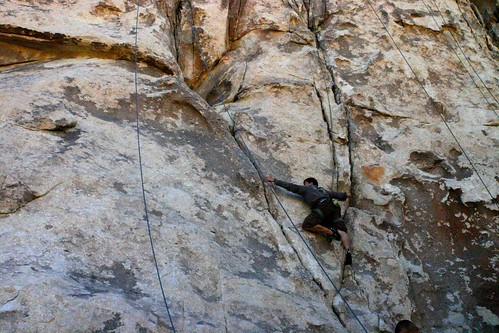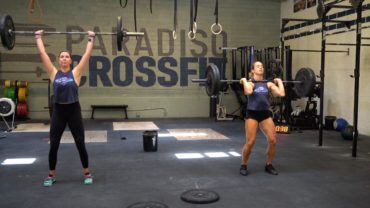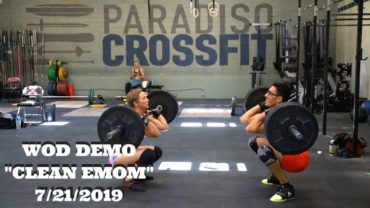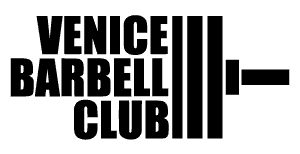Positively Negative
“Barbara”
Five rounds, each for time of:
20 Pull-ups
30 Push-ups
40 Sit-ups
50 Squats
Rest precisely three minutes between each round.
Austin Malleolo 25:51
Rest 3 Minutes
Francis, Day Two of climbing…a natural
WOD demo with Pat Barber wmv/mov
****************************************
Yesterdays classes heard me talk a lot about eccentric movements or ‘negatives.’ They are a great way to increase strength in our foundational movements. I wanted to go over what that means exactly and a little bit about how muscles work.
There are three types of muscle contractions we will focus on: concentric, eccentric and isometric.
Concentric contraction means the muscle will shorten while generating force. A common example would be a bicep curl, you can actually see the muscle shorten as you perform the movement. This is what most people think about when they hear the word ‘contraction.’
Eccentric contractions occur when the muscle lengthens while generating force. Rather than working to pull a joint in the direction of the muscle contraction, the muscle acts to decelerate the joint at the end of a movement or otherwise control the repositioning of a load. Think about the fact that you can lower an object much heavier than you can pick up. Classic examples of this are walking, when the quadriceps (knee extensors) are active just after heel strike while the knee flexes, or setting an object down gently (the arm flexors must be active to control the fall of the object).
Isometric contraction of a muscle generates force without changing length. An example can be found when the muscles of the hand and forearm grip an object; the joints of the hand do not move, but muscles generate sufficient force to prevent the object from being dropped.
We most commonly reference this performing an L-sit.
Muscles undergoing heavy eccentric loading suffer greater damage when overloaded as compared to concentric loading. Exercise featuring a heavy eccentric load can actually support a greater weight (muscles are approximately 10% stronger during eccentric contractions than during concentric contractions) and also results in greater muscular damage and delayed onset muscle soreness one to two days after training. Exercise that incorporates both eccentric and concentric muscular contractions can produce greater gains in strength than concentric contractions alone. While unaccustomed heavy eccentric contractions can easily lead to overtraining, moderate training may confer protection against injury. – wikipedia
















